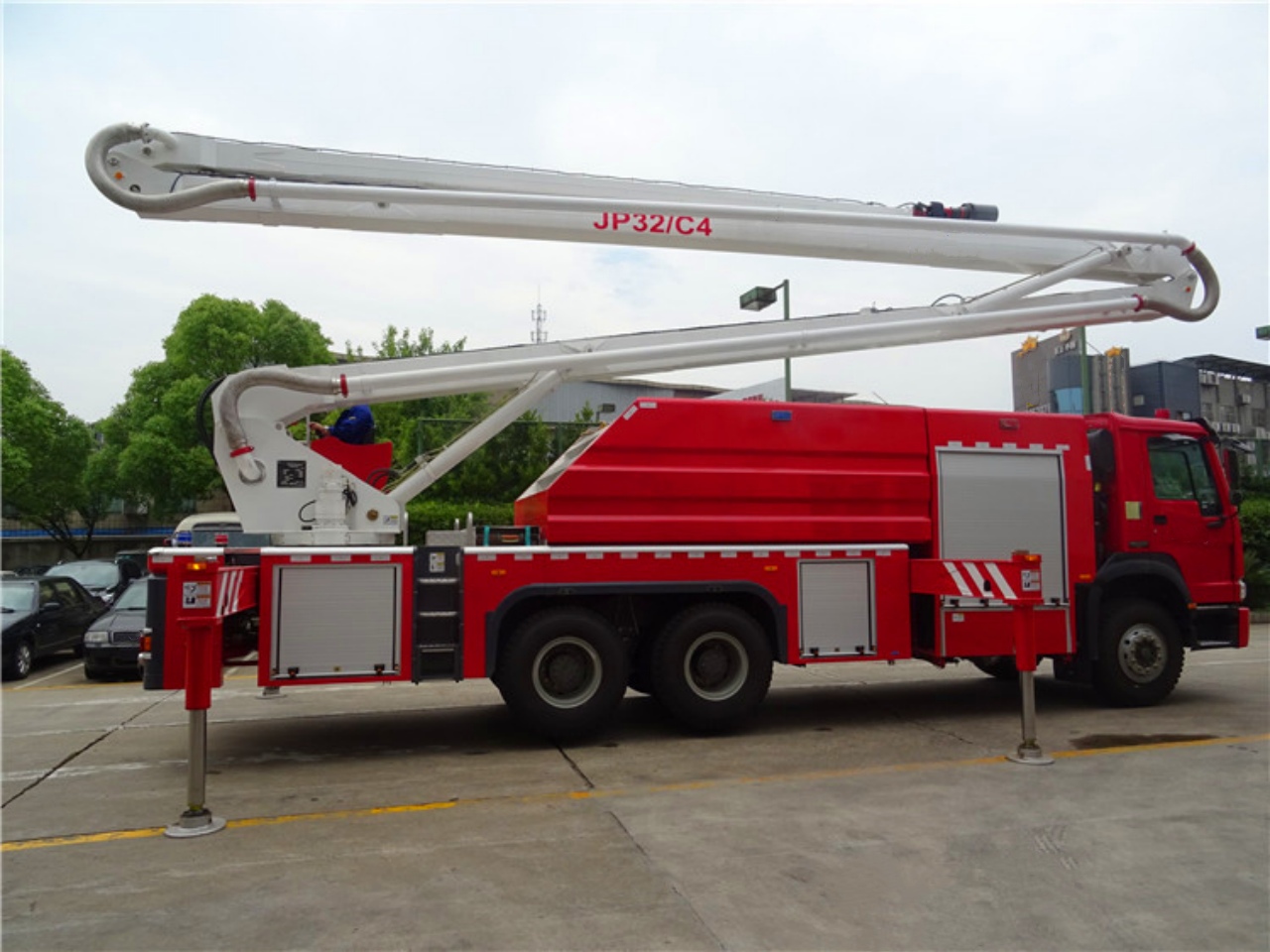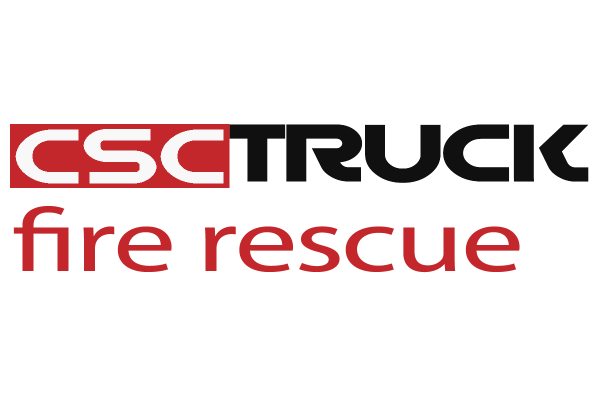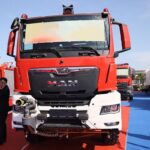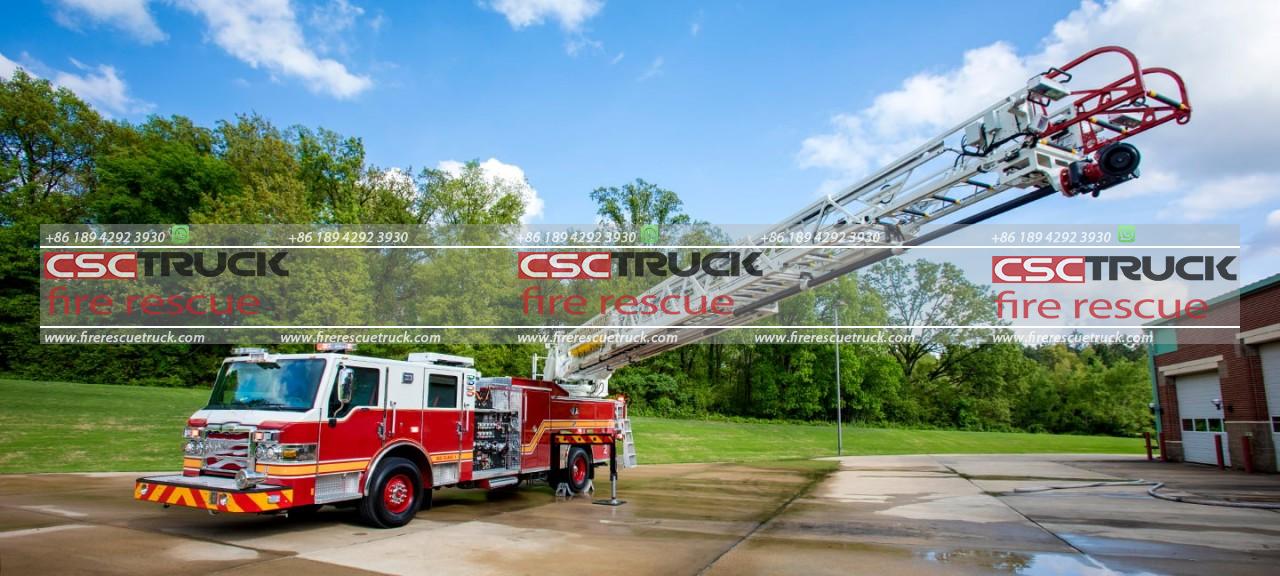Firefighting is a crucial component of public safety, requiring both mobile and stationary infrastructure to ensure effective emergency response. 2 important elements in fire management and suppression are fire trucks and fire towers. While both play vital roles in fire prevention and firefighting operations, they serve distinct purposes, function differently, and are used in different contexts. Understanding the difference between a fire truck and a fire tower helps in appreciating the diverse strategies employed to combat fires and enhance public safety.
Definition and Purpose
A fire truck is a specialized vehicle equipped with firefighting tools and equipment used by firefighters to respond to emergencies, transport personnel, and combat fires. These vehicles are mobile units that carry water, hoses, ladders, pumps, and other essential firefighting gear. Fire trucks are indispensable for urban and rural fire departments, enabling quick response to structural fires, vehicular accidents, hazardous material spills, and other emergencies.
A fire tower, on the other hand, is a stationary structure designed for fire detection and monitoring, typically located in forests, mountains, or other remote areas where wildfires are a concern. Fire towers provide elevated vantage points for trained personnel, known as fire spotters, to detect smoke and fire outbreaks early. These towers play a significant role in forest fire prevention, allowing authorities to take prompt action before fires spread uncontrollably.

Design and Construction
The design of a fire truck varies based on its intended use. Some common types of fire trucks include:
- Pumper Trucks: Equipped with water tanks, hoses, and pumps to combat structural fires.
- Ladder Trucks: Fitted with extendable ladders and aerial platforms to reach high-rise buildings.
- Rescue Trucks: Carry tools for extrication and emergency medical services.
- Tanker Trucks: Designed to transport large quantities of water to areas without a reliable water supply.
- Wildland Fire Trucks: Specifically built for rough terrains and forest fire suppression.
Fire trucks are built on heavy-duty chassis and have compartments for firefighting equipment, emergency lighting, sirens, and sometimes advanced communication systems. The mobility of fire trucks makes them essential for urban and suburban firefighting operations.
A fire tower is typically a tall steel or wooden structure, often rising 50 to 100 feet above the ground, strategically placed in high-risk fire areas. Fire towers have the following features:
- Observation Cabin: A small, enclosed room at the top of the tower where fire spotters work.
- Access Staircase or Ladder: A means to reach the observation cabin.
- Communication Equipment: Radios and sometimes satellite connections for reporting fire incidents.
- Binoculars and Maps: Tools used for identifying fire locations and assessing risks.
Unlike fire trucks, fire towers are fixed structures with the primary goal of early fire detection rather than fire suppression.
Functionality and Operation
Fire Trucks: Fire trucks are operated by trained firefighters who respond to emergency calls. Upon reaching a fire scene, firefighters use the truck’s equipment to extinguish flames, conduct search and rescue operations, and provide emergency medical assistance. Fire trucks rely on either an onboard water tank or an external hydrant connection to supply water. Some trucks also carry foam or dry chemical agents for specialized fire suppression.
Fire Towers: Fire towers are manned by fire spotters, who continuously scan the horizon for signs of smoke. When a fire is detected, the spotter uses triangulation techniques—coordinating with other towers or landmarks—to pinpoint the exact location of the fire. This information is then relayed to fire control centers, which dispatch fire crews and resources as needed. Some modern fire towers are equipped with automated cameras and sensors to enhance fire detection accuracy.
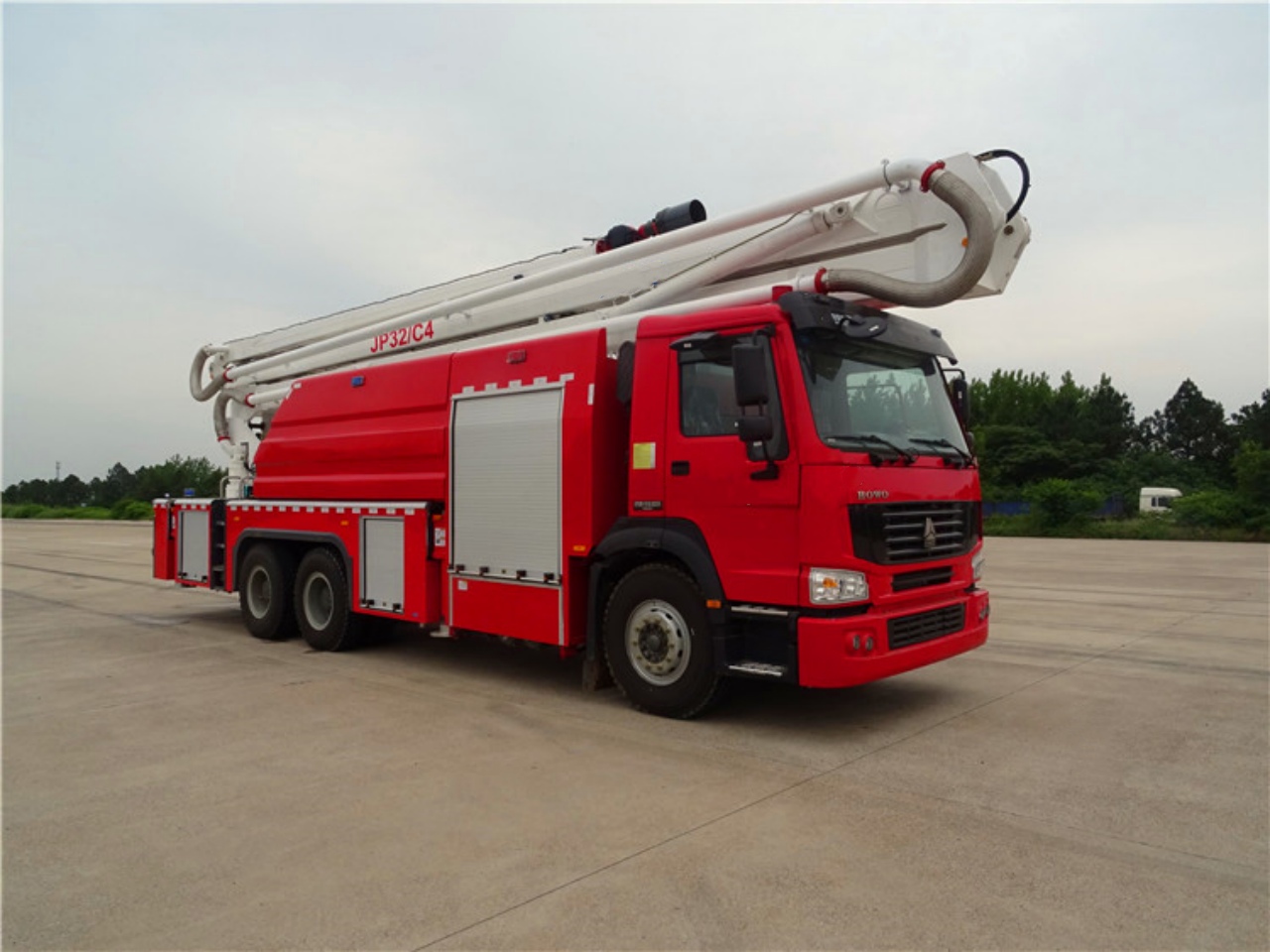
Deployment and Usage
Fire Trucks:
- Used in urban, suburban, and rural areas to respond to fire emergencies.
- Mobilized for various emergencies, including car accidents, structural fires, and hazardous material spills.
- Often stationed at fire departments, ready for rapid deployment.
Fire Towers:
- Primarily used in forests, mountains, and remote areas where wildfires are a concern.
- Stationary structures that provide continuous fire surveillance.
- Essential for early wildfire detection and coordination of firefighting efforts.
Technological Advancements
Firefighting technology has evolved, enhancing the capabilities of both fire trucks and fire towers.
- Fire Trucks: Modern fire trucks are now equipped with advanced GPS systems, thermal imaging cameras, robotic firefighting arms, and compressed air foam systems (CAFS). Some trucks also feature drones that provide aerial surveillance of fire scenes.
- Fire Towers: Traditional fire towers relied on human spotters, but today, many are being equipped with automated surveillance cameras, infrared sensors, and artificial intelligence-based monitoring systems that detect fires more accurately and send alerts in real time.
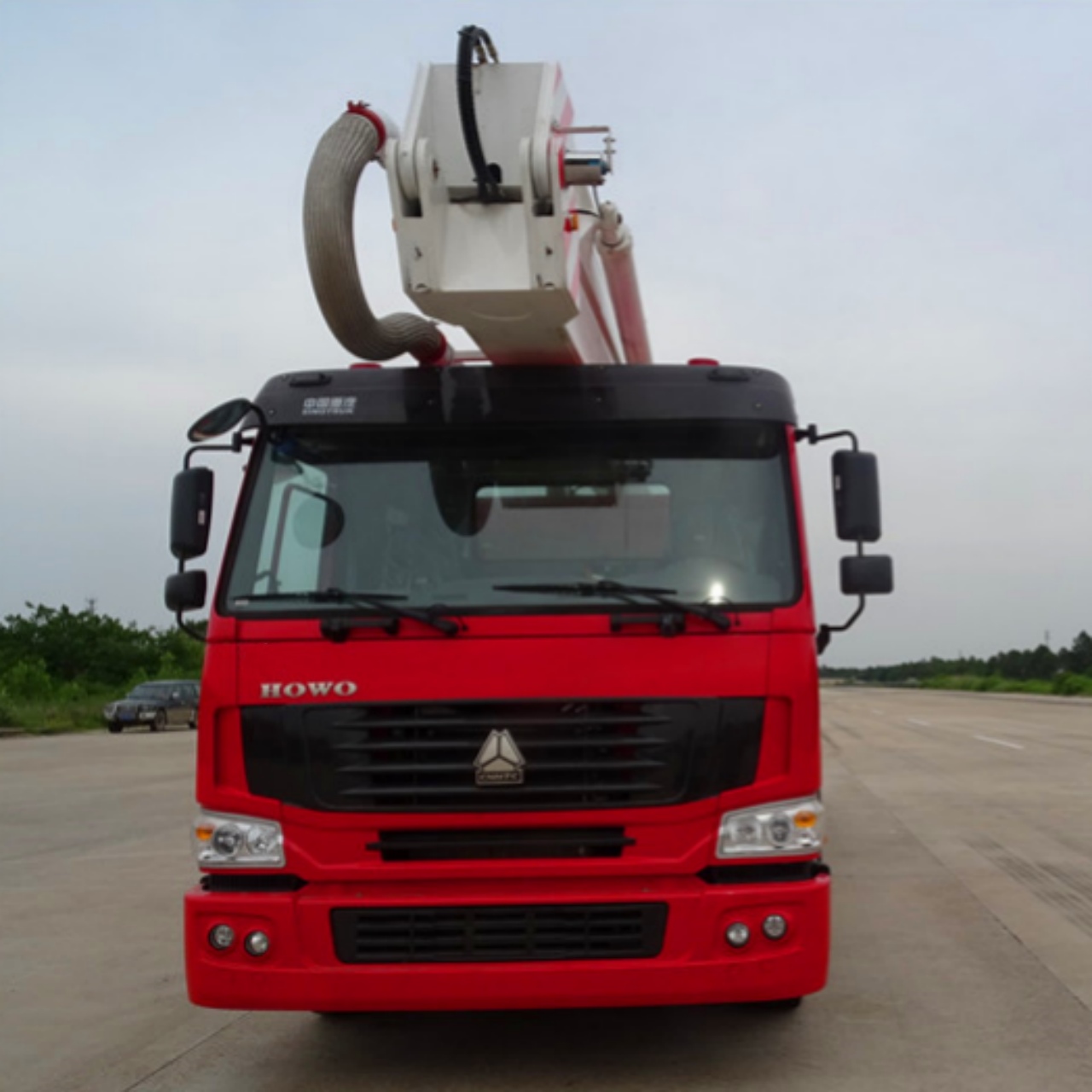
Challenges and Limitations
Despite their importance, both fire trucks and fire towers have limitations.
- Fire Trucks:
- Limited by road access and terrain challenges, particularly in dense forests or mountainous regions.
- Dependent on water sources, which may not always be available in remote locations.
- High operational costs, including maintenance and fuel expenses.
- Fire Towers:
- Require continuous staffing or reliance on automated systems.
- Limited in coverage area, as visibility can be affected by weather conditions such as fog or heavy rain.
- Expensive to build and maintain in remote areas.
Conclusion
Fire trucks and fire towers serve distinct yet complementary roles in fire prevention and suppression. Fire trucks are mobile response units essential for urban and rural firefighting, while fire towers provide early wildfire detection from fixed locations. The integration of both technologies, along with advancements in firefighting equipment and surveillance systems, continues to improve fire management strategies worldwide. Understanding their differences allows for better appreciation of the infrastructure and resources dedicated to fire safety, ultimately leading to more effective fire prevention and emergency response efforts.
